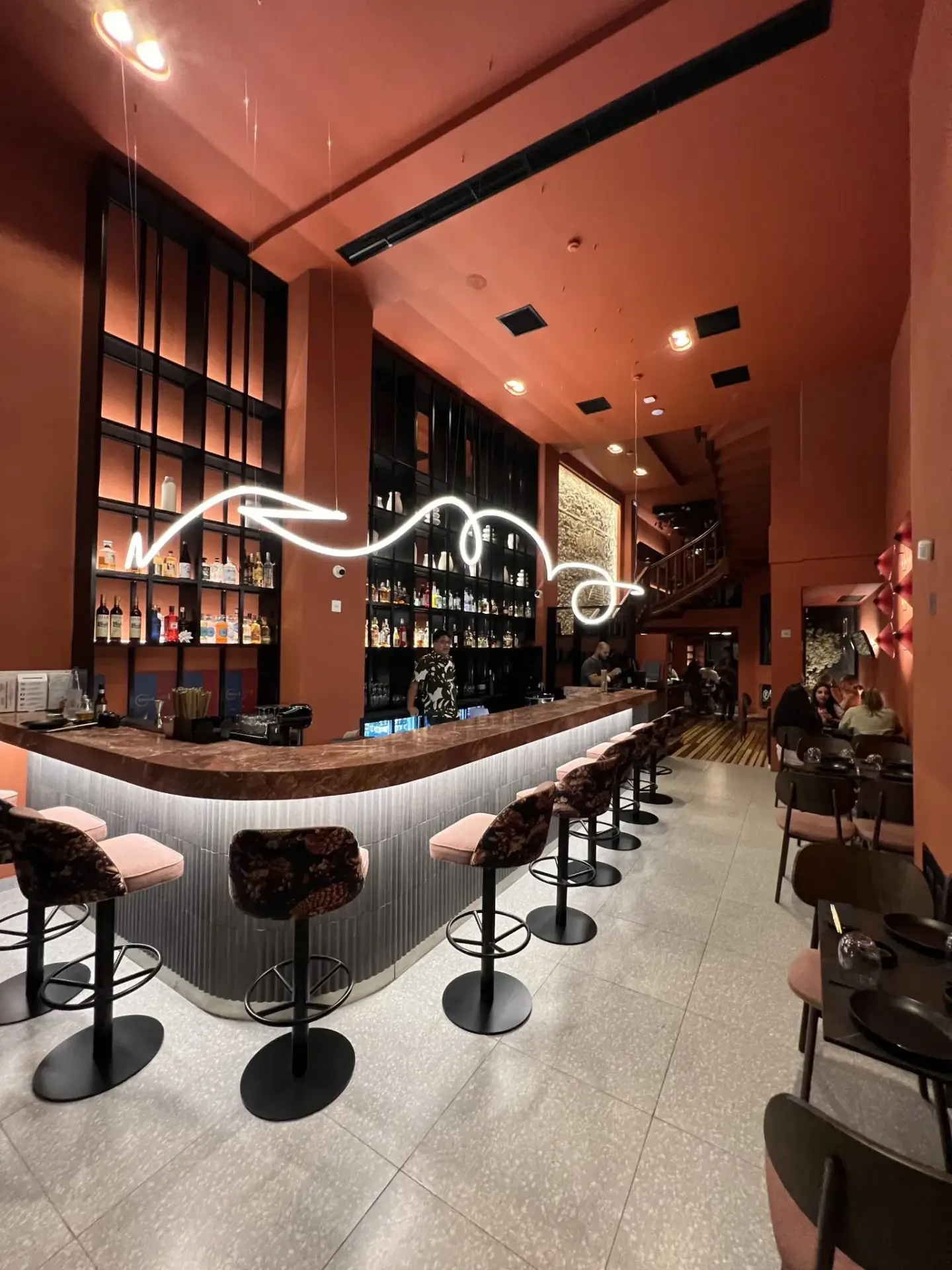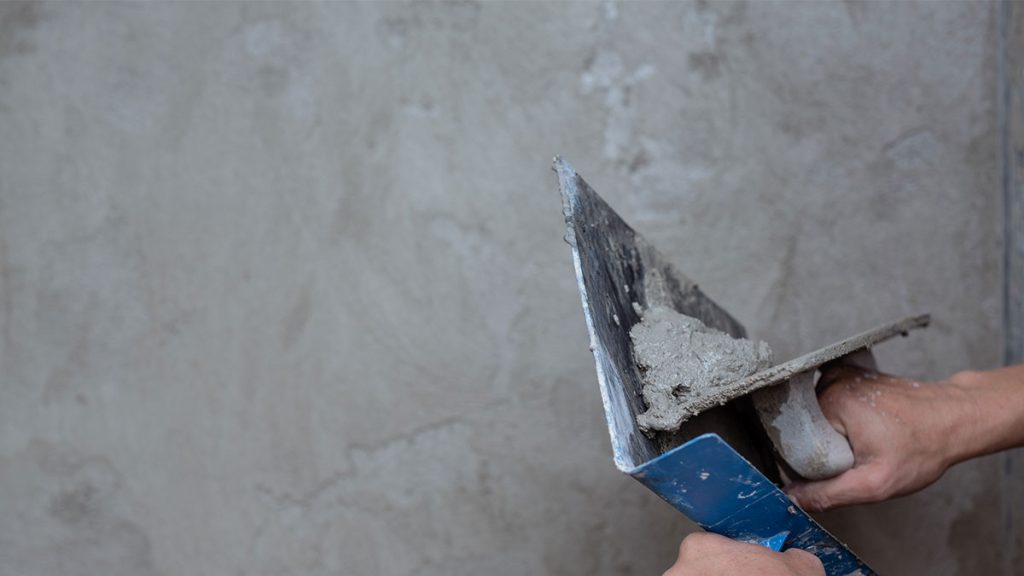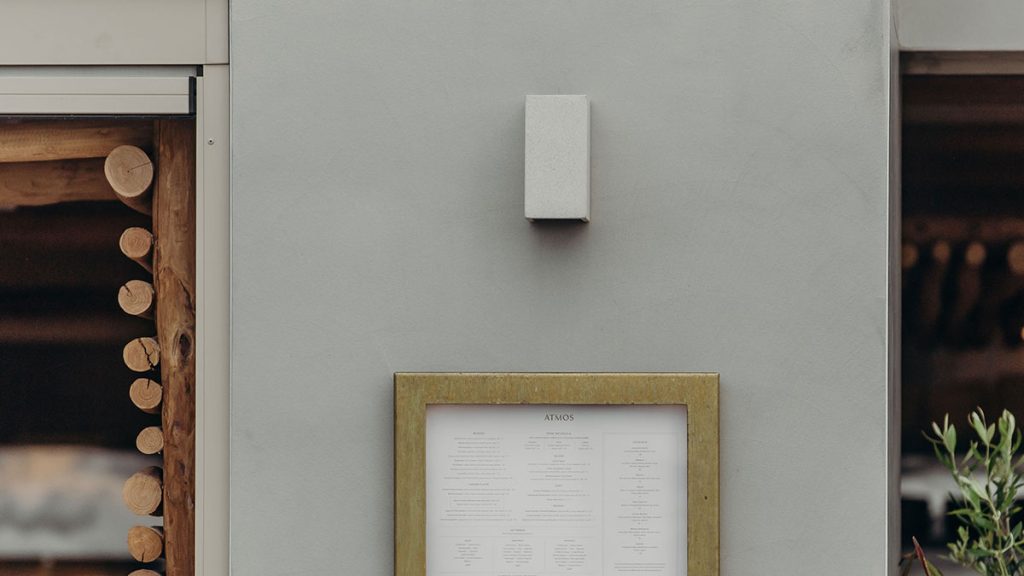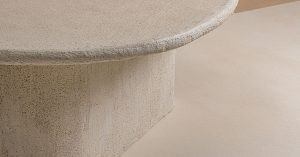Is Venetian polished plaster really worth all the fuss in modern design? This classic finish has been on walls for centuries. It has won over many with its marble-like look and timeless elegance. But, it’s important to consider both sides before choosing this luxurious wall treatment.
Venetian plaster comes from Venice, Italy, and has a long history. It’s made from lime, marble dust, and natural colors. This mix gives it a unique texture and depth that paint can’t match. Today, we’ll look at the good and bad of this beautiful finish to help you decide if it’s right for your home.
Most homeowners love the look of plaster over drywall for fancy renovations. Venetian plaster is especially popular. But, it’s pricey, costing between $3 and $15 per square foot. Still, its popularity has grown by 30% in luxury homes in the last five years.
We’ll dive into Venetian polished plaster’s history, how it’s applied, and its design versatility. Whether for your living room, bedroom, or bathroom, knowing the pros and cons will help you choose wisely.
Table of Contents
Key Takeaways
- Venetian plaster offers a unique, marble-like appearance unmatched by paint
- Installation costs are higher, ranging from $3 to $15 per square foot
- Demand has increased by 30% in the luxury home market in recent years
- 80% of homeowners prefer plaster’s aesthetic for high-end renovations
- Venetian plaster requires skilled artisans for application
- The finish is durable and suitable for various spaces, including bathrooms
- Maintenance is generally lower than natural wood or stone finishes
Understanding Venetian Plaster: History and Composition
Venetian plaster has a long history, dating back thousands of years. It was first used in ancient Greece and Egypt. Over time, it became famous in Venice, Italy.
Origins from Ancient Rome to Modern Day
Roman craftsmen were key in making Venetian plaster. They made sure the lime putty aged for at least three years. This made the plaster strong and beautiful.
In the 1960s and 70s, Italian artisans brought back this ancient art. They used old methods to create Venetian plaster again.
Natural Components and Material Makeup
Venetian plaster is made from natural things. It mainly has slaked lime and marble dust. The marble dust, up to 40%, makes it shiny.
This mix is good for the environment because it has low VOC emissions. It’s safe for indoor use.
Traditional vs Contemporary Formulations
Traditional Venetian plaster is still loved, but modern versions are easier to use. They keep the classic look but are more workable. Unlike other plasters, Venetian plaster doesn’t have aggregates. This makes it unique and easy to fix.
-
- Composed of natural materials
-
- Breathable and moisture-regulating
-
- Low maintenance and easy to repair
-
- Customizable with natural pigments
-
- Eco-friendly with low VOC emissions
Venetian plaster’s charm comes from its history, natural ingredients, and flexibility. It has changed from ancient times to today, showing its lasting value in design.
Venetian Plaster Pros and Cons
Venetian plaster is a mix of good and bad for those wanting a fancy wall look. It’s an old technique that looks amazing but has some points to think about.
Key Benefits of Venetian Plaster
Venetian plaster is known for its tough and changeable finish. It’s good for your health because it breathes and fights mold and mildew. With the right care, it can last up to 15 years, beating regular paint by a lot.
-
- Looks like marble but costs less
-
- Uses eco-friendly stuff with low VOCs
-
- Has a smooth finish without rough spots
-
- Keeps its color and shine for over 10 years
Notable Drawbacks to Consider
Even though it’s beautiful, Venetian plaster doesn’t like moisture or big temperature changes. It takes a lot of time and skill to put on. If it gets damaged, you might need a pro to fix it.
-
- Not good for outside or places that get wet
-
- Can crack if the wall moves
-
- Can’t be painted over if you want a new color
-
- Needs to be polished and waxed now and then
Application Methods and Techniques
Venetian plaster can be applied in different ways, each needing skill and care. First, the surface is prepared for a smooth base. Then, artisans mix the plaster to get the right consistency and color.
Experts use special trowels to spread thin layers on the surface. They let each layer dry a bit before adding the next. This method builds depth and texture, giving the marble-like finish.
The whole process needs skilled labor and can take days or weeks for big projects. It’s important to apply many thin layers to get the right look. After the last layer, the surface is polished to shine.
While you can try to apply it yourself, getting professional results is often better. The process is complex, and you need special tools. Venetian plaster can be used on walls, ceilings, and even furniture, making it versatile for design.
Design Versatility and Common Applications
Venetian plaster is great for many design needs. It works well in cozy living rooms and busy commercial spaces. Its texture and colors add warmth to cold areas, making it popular with modern designers.
Interior Design Possibilities
Venetian plaster is amazing for creating detailed moldings and a natural look. It’s hard to get this look with regular paint. This finish brings a unique character to any space. You can choose from many colors, from soft to bold.
Suitable Spaces and Environments
Venetian plaster looks fancy but is also practical. It’s great for hallways because it’s durable. In kitchens and bathrooms, it stands up to daily wear and tear. In shops, its shiny finish adds class, improving the shopping experience.
Aesthetic Options and Finishes
Venetian plaster can look like marble or have a unique texture. It comes in different finishes, from matte to glossy. Some paints now offer DIY versions that look like Venetian plaster.
For those looking to achieve a high-end aesthetic without the complications of Venetian plaster, several modern alternatives and natural finishes like limewash are available.
Terrazzo GraniTech vs. Venetian Plaster
Considering Venetian plaster as a modern, stylish option with various design choices, is there a suitable alternative, and is it worth it?
Choosing the right finish for walls and surfaces can be challenging. Venetian plaster has been a popular choice for centuries, known for its smooth texture and polished look. But modern materials like Terrazzo GraniTech offer greater durability, water resistance, and application versatility.
What is Terrazzo GraniTech?
Terrazzo GraniTech is a resin-based decorative plaster designed for both interior and exterior applications. It offers the elegance of traditional finishes while addressing durability concerns.
Why Choose Terrazzo GraniTech?
-
- Scratch-resistant – Holds up against daily wear.
-
- Waterproof – Zero water absorption, ideal for wet areas.
-
- Seamless application – No cracks or peeling over time.
-
- Versatile – Works on walls, floors, ceilings, and outdoor spaces.
-
- Quick installation – Applies over existing surfaces without demolition.
Terrazzo GraniTech provides a modern alternative to Venetian plaster with improved performance and minimal upkeep.
Terrazzo GraniTech vs. Venetian Plaster: A Side-by-Side Comparison
| Feature | Venetian Plaster | Terrazzo GraniTech |
| Durability | Can chip or scratch | Highly resistant |
| Water Resistance | Absorbs moisture | 100% waterproof |
| Application Areas | Limited to walls | Works on walls, floors, and more |
| Installation | Time-consuming process | Quick, no demolition needed |
| Maintenance | Requires polishing | Low-maintenance |
Venetian plaster offers a classic look but requires upkeep. Terrazzo GraniTech delivers a longer-lasting, low-maintenance solution.
Addressing Common Pain Points
Homeowners and designers often face the same challenges when choosing finishes. Here’s how Terrazzo Granitech provides better solutions.
Cracking and Surface Wear
Venetian plaster can develop cracks over time, especially in high-traffic areas.
Solution: Terrazzo GraniTech uses anti-crack memory resin, preventing surface damage.
Water Damage in Bathrooms and Kitchens
Venetian plaster absorbs moisture, leading to stains and peeling in humid environments.
Solution: Terrazzo GraniTech is fully waterproof, making it suitable for showers, pool decks, and outdoor spaces.
Difficult Installation and Repairs
Venetian plaster requires skilled application, multiple layers, and polishing.
Solution: Terrazzo GraniTech applies directly over existing surfaces, reducing time and cost.
Why You Should Choose Terrazzo GraniTech
Tired of cracks, water damage, and expensive maintenance? Traditional finishes like Venetian plaster look great but may not last in demanding spaces. Terrazzo GraniTech offers a durable, waterproof alternative. Imagine a surface that resists scratches, repels water, and stays flawless for years. No polishing. No repairs. No worries. Upgrade today with a finish designed to last.
Real Results: A Satisfied Customer Speaks
“I loved the look of Venetian plaster but needed something that wouldn’t crack in my bathroom. Terrazzo GraniTech gave me the same elegant feel with better durability. I highly recommend it!”
— Lisa R., Interior Designer
Terrazzo GraniTech offers a stronger, more versatile alternative to Venetian plaster. If you want a long-lasting, low-maintenance surface, it’s the right choice.
Frequently Asked Questions about Venetian Plaster
What are the main advantages of Terrazzo GraniTech?
The main advantages of Terrazzo GraniTech make it a superior choice for both residential and commercial applications. It is highly resistant to cracks due to its anti-crack memory resin, ensuring long-term durability even in high-traffic areas. Unlike traditional finishes, it does not absorb water, making it ideal for bathrooms, kitchens, pool decks, and outdoor spaces. This waterproof nature prevents mold, mildew, and surface damage caused by moisture exposure.
Another key benefit is its scratch and wear resistance. Terrazzo GraniTech maintains its smooth and intact surface without frequent repairs, even under heavy use. It applies seamlessly over existing surfaces such as tiles, drywall, and wood, eliminating the need for demolition and significantly reducing renovation time and costs.
Its versatility extends beyond walls, as it can be used on floors, ceilings, countertops, and exterior surfaces. With a range of finish options, including fine, medium, and Microterrazzo 600Q, it provides multiple design choices to suit different aesthetics. Maintenance is minimal since it does not require re-polishing or sealing. The surface remains visually appealing for years with little upkeep.
These advantages make Terrazzo GraniTech a practical and long-lasting alternative to traditional materials.
What are some disadvantages of Venetian plaster?
Some disadvantages of Venetian plaster include its high initial cost, the need for skilled application, and potential for imperfections. It’s also expensive to repair if damaged. Additionally, the application process can be time-consuming, and the plaster needs proper curing time before it can be sealed or polished.
Can Venetian plaster be used in wet areas like bathrooms?
While Venetian plaster can be used in bathrooms and other wet areas, it requires proper sealing to protect it from moisture. When sealed correctly, it can be water-resistant and even suitable for shower walls. However, it’s important to note that using Venetian polished plaster in high-moisture areas may require more frequent maintenance and resealing.
What are the pros and cons of Terrazzo GraniTech compared to other wall finishes?
Terrazzo GraniTech stands out for its crack resistance, waterproofing, and durability compared to other wall finishes. Unlike Venetian plaster and standard plaster, which can crack over time, its anti-crack memory resin ensures a long-lasting surface. It is also 100% waterproof, making it ideal for bathrooms, kitchens, and outdoor areas, unlike Venetian plaster, which absorbs moisture and requires sealing.
Unlike tiles, Terrazzo GraniTech eliminates grout lines, preventing dirt buildup and reducing maintenance. It applies directly over existing surfaces, saving time and labor costs compared to plaster or tile installations.
However, cost can be higher upfront, though its low maintenance and longevity offset this over time. While it offers various finishes, some prefer Venetian plaster’s polished, marble-like look or the patterned designs of tiles.
For those seeking a seamless, durable, and waterproof finish, Terrazzo GraniTech is a superior alternative to traditional wall finishes.
How long does Venetian plaster last?
When properly applied and maintained, Venetian plaster can last for decades. Its durability is one of its key advantages. However, the longevity of the finish depends on factors such as the quality of application, the environment it’s in, and how well it’s maintained. In high-traffic areas or spaces exposed to more wear and tear, it may require touch-ups or resealing more frequently.










